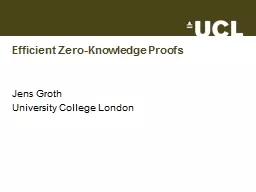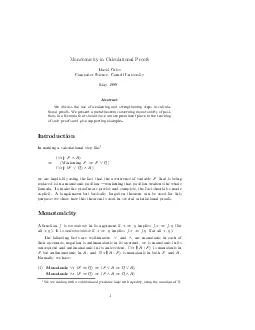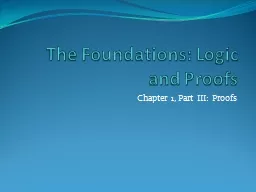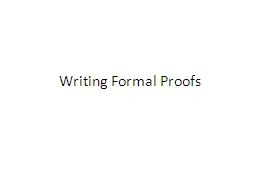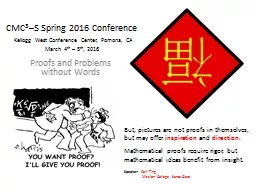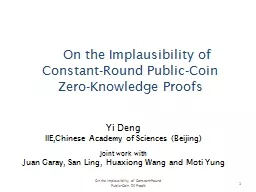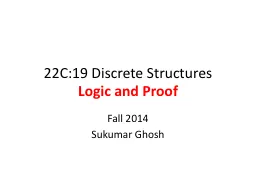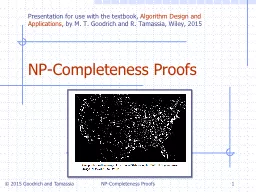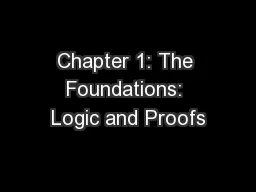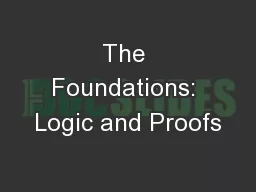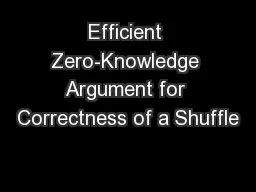PPT-Efficient Zero-Knowledge Proofs
Author : jubilantbikers | Published Date : 2020-08-06
Jens Groth University College London Zeroknowledge proof Prover Verifier Witness Soundness Statement is true Zeroknowledge Nothing but truth revealed Statement
Presentation Embed Code
Download Presentation
Download Presentation The PPT/PDF document "Efficient Zero-Knowledge Proofs" is the property of its rightful owner. Permission is granted to download and print the materials on this website for personal, non-commercial use only, and to display it on your personal computer provided you do not modify the materials and that you retain all copyright notices contained in the materials. By downloading content from our website, you accept the terms of this agreement.
Efficient Zero-Knowledge Proofs: Transcript
Download Rules Of Document
"Efficient Zero-Knowledge Proofs"The content belongs to its owner. You may download and print it for personal use, without modification, and keep all copyright notices. By downloading, you agree to these terms.
Related Documents

